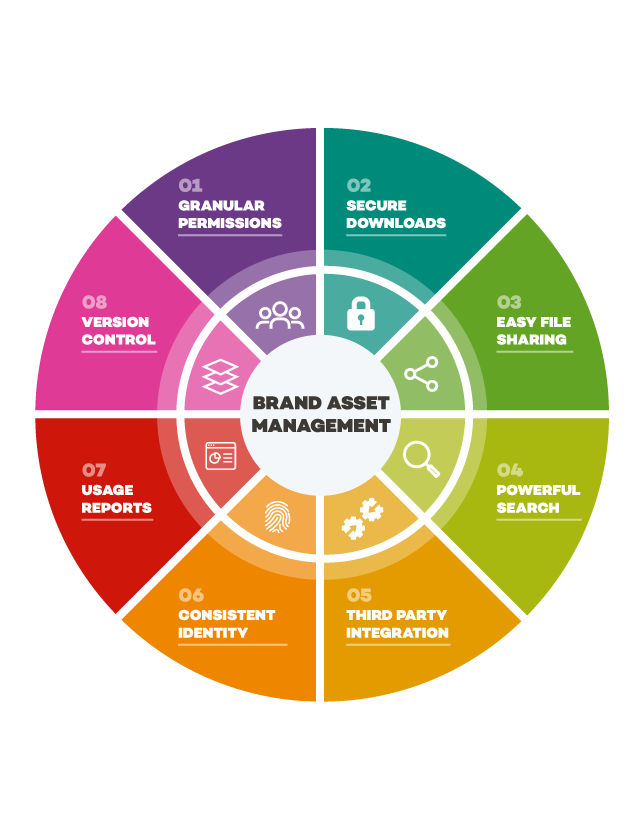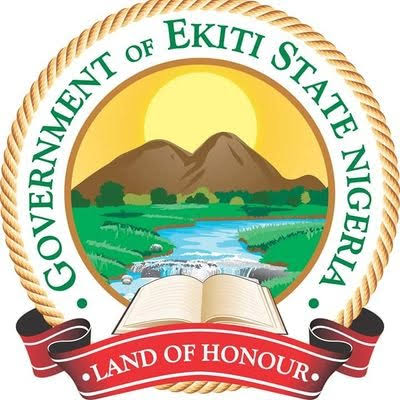By Kingsley Odii
Ipsos, a multinational market research and consulting firm and Jones Knowles Ritchie (JKR), a global branding business at the forefront of distinctive brand building conducted a research which analyzed over ten thousand brand assets across fifty countries. The two global and multinational firms with over eighty years of experience in understanding, analyzing and creating brands discovered that there is a lack of differentiation between brands.
The duo attributed this anomaly as the tendency for brands in the same category to use similar colours, concepts, fonts, imagery, ideations and methodology.
The research defined the term “distinct” as the quality or characteristic that sets a brand apart from others of its kind. The findings of the report also revealed that only 15% of all brand assets tested were truly distinctive.
“The greater the distinctiveness of assets, the more their brands will be noticed, recognized and chosen. A distinctive identity always gets a brand noticed, creating new opportunities to be chosen over its competitors. It transforms a product from a commodity into something more,” the report said.
Ipsos’ study showed that the right asset in the right combination doesn’t just make a brand stand out, it can make a brand truly unforgettable. Ipsos and JKR also posited that the presence of distinctive brand assets is strongly linked to positive branded attention effects, more so than just directly showing or talking about the brand.
The study also found that truly distinctive brand assets can lead to a revenue boost of up to 25%. Brands with distinctive assets, the report noted, are more memorable, leading to stronger brand loyalty and higher sales.
Ipsos and (JKR) focused their report around five key assets–logos, slogans, mascots, colour and products.
Following the research with thousands of respondents globally testing their perceptions of a diverse mix of brands and their assets across a multitude of categories. Ipsos emerged with three levels of distinctiveness which consists in gold, silver and bronze.
The import of this classification, according to Ipsos data, is that the estimation of $4.7 trillion spent every year on marketing is being spent on assets that aren’t truly distinctive.
Continuing, the report revealed that assets that fall into the gold category are the assets that immediately and uniquely brings a brand to mind and could be used in isolation. The ones that fall into silver category are above-average assets in need of further amplification and consistent usage, while the assets that fall into the bronze category are assets with weak associations that could be unlikely to signify the brand when used in isolation.
To create truly distinctive brand assets, the two research firms recommended focusing on unique brand attributes, using unconventional concepts and avoiding generic ideations.
“Brands should also be willing to take risks and be different from competitors while still remaining true to their brand values and identity,” the report recommended.
Overall, the study reinforced the importance of investing in branding and creating distinctive brand assets to stand out in a crowded market.







Comment
No comments found.